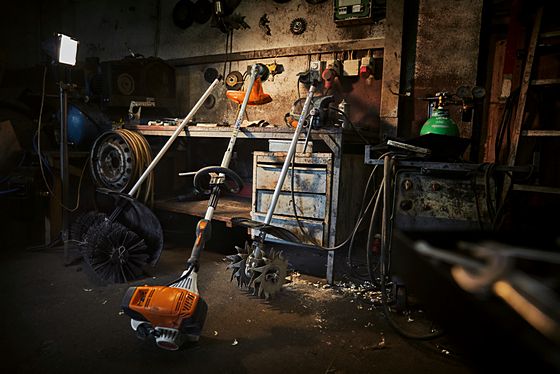
Since 2002, the STIHL 4-MIX engine has been powering a range of petrol tools including brushcutters, backpack blowers, hedge trimmers, pole pruners and Kombi engines. The technology was developed to provide power and torque at a lower Revolutions Per Minute (RPM), with the added bonus of being extremely efficient due to low scavenging loss.
Ultimately STIHL 4-MIX combines all the advantages of two different engine principles: two-stroke and four-stroke. Both adopt the commonly described ‘suck, squeeze, bang and blow’ principle or, if you’re more technically minded, induction, compression, ignition and exhaust. It is the amount of movement of the piston before combustion that determines if it is a four-stroke (2 up, 2 down movements) or two-stroke (1 up, 1 down). 
The key advantage of a four-stroke engine is that it produces more torque and power at a lower rev range, lending itself perfectly to tools such as backpack blowers and brushcutters. It is also a cleaner and more efficient system as the valves control the entry of fuel and exit of exhaust. The more popular choice for petrol hand held tools is the two-stroke engine. The two-stroke principle allows the inner mechanical parts to be well lubricated without the need for a separate oil sump, so it can be used at all angles without the worry of potential engine seizures. This engine tends to feature heavily on chainsaws (and many other garden tools) where high revs are needed to achieve a balance of power and speed.
To ensure plenty of power and torque without the added weight of a separate oil sump, STIHL 4-MIX technology works using a four-stroke rotation principle whilst lubricating all the internal parts via the two-stroke fuel mix, hence the name 4-MIX. Other key advantages of 4-MIX technology is the fuel efficiency (as explained above), the fact that it features an inbuilt decompressor making it easier to start plus the valves are easy to get to and adjust when needed.
Adjustment of the valves should be done if you notice a drop in engine power or if the compression increases when trying to pull over (start) the tool. If you’re not sure it is always worth asking your local STIHL approved dealer to check the valve settings. This is also something to consider asking for when your machine goes in for a service. If left without the correct adjustment it may lead to expensive, long term damage, which could be easily avoided. We also recommend that you use STIHL HP Super (semi-synthetic) or HP Ultra (fully synthetic) two-stroke oils. Due to the low ash content of these oils, less carbon builds up around the piston and valve seats. Ash build-up can cause running issues over time so the oil you use is particularly important.



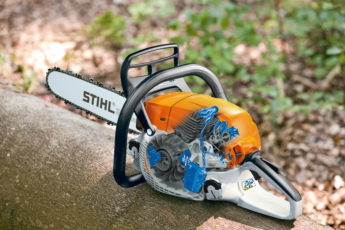
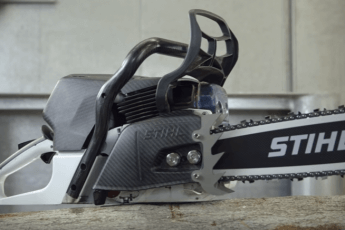
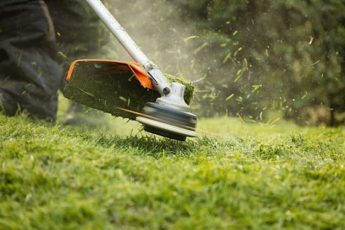
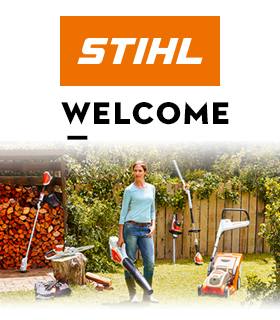








Hello wonder if you can help we’ve upgraded to a 4 stroke trimmer the FS91R I believe, every time we ppress the trigger all the way down there is about 3-5 second delay before you get 100% power why is this? It’s very frustrating especially when your off and on the power as it seems like it takes afew seconds to spoil up? Is this a fault or as intended, if so why? Many thanks! Gav
Hi Gav, thanks for your comment. Could you give our Customer Services team a call on 01276 417678? One of our advisers, Lee, is aware that you have been in touch and he should be able to help you with your question so just ask for him. Thanks, STIHL GB
I have two questions – is the 2 mix in chainsaws basically the same things as the 4 mix in the trimmers? And how do the 2 mix/4 mix compare to the x-torq in Husqvarna equipment? Is it basically the same?
Hi Tim, thanks for your comment. 2-MIX and 4-MIX are two different technologies. A 2-MIX engine is a type of 2-stroke, whereas a 4-MIX engine has valves. We have another blog about our 2-MIX technology here, which gives more information: https://blog.stihl.co.uk/difference-between-2-stroke-stihl-2-mix-engines/
Thanks, STIHL GB
One other question – I notice that some models have the caring for nature seal, which seems to indicate low emissions. How do machines with this seal compare to those without it, even those that use 2-mix/4-mix? What additional benefits are there with regards to emissions from a machine with this seal as compared to one without it? Thanks
Hi Tim, the Caring for Nature seal is something that appears on STIHL machines sold in the USA. There is more info about that here: https://www.stihlusa.com/products/technology/the-road-to-green-is-orange/ This is the STIHL Great Britain blog and machines sold in GB have to meet EU5 regulations with regards to emissions so that is the standard we use here. Thanks, STIHL GB
Hi, do you offer torque and power curve overlays for all your brush cutter products, I was looking at purchasing an FS131 but based on your article think a 2 stroke will be more suitable for the machine so wanted to look at power and torque / speed curve of FS361 FS411 and FS461 in comparison to FS131
thanks Dan
Hi Dan, apologies we don’t publish the torque / power curve overlays for these models. We’d be happy to recommend a model if you let us know the tasks it’d be used for, as often the choice of cutting attachment has a bigger impact on overall performance than power output alone. Thanks, STIHL GB.